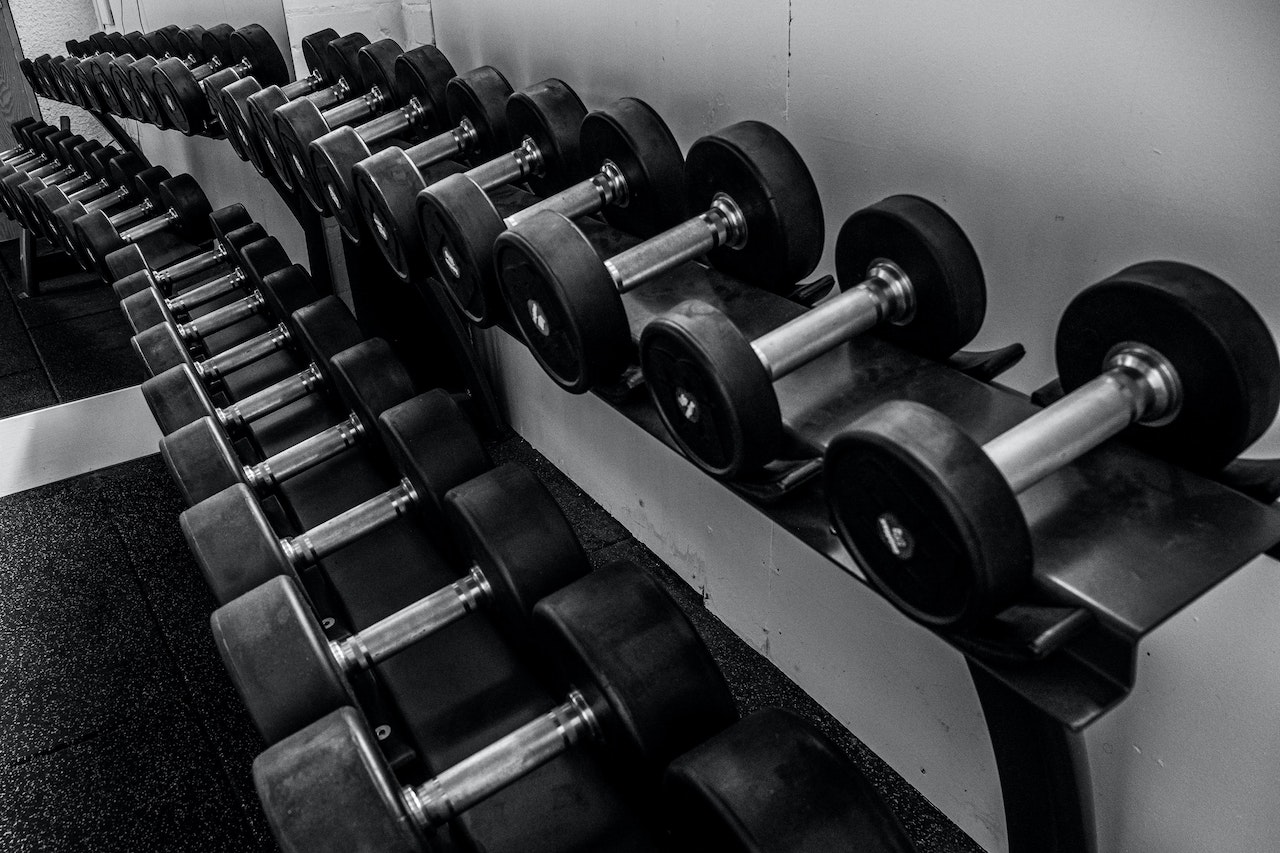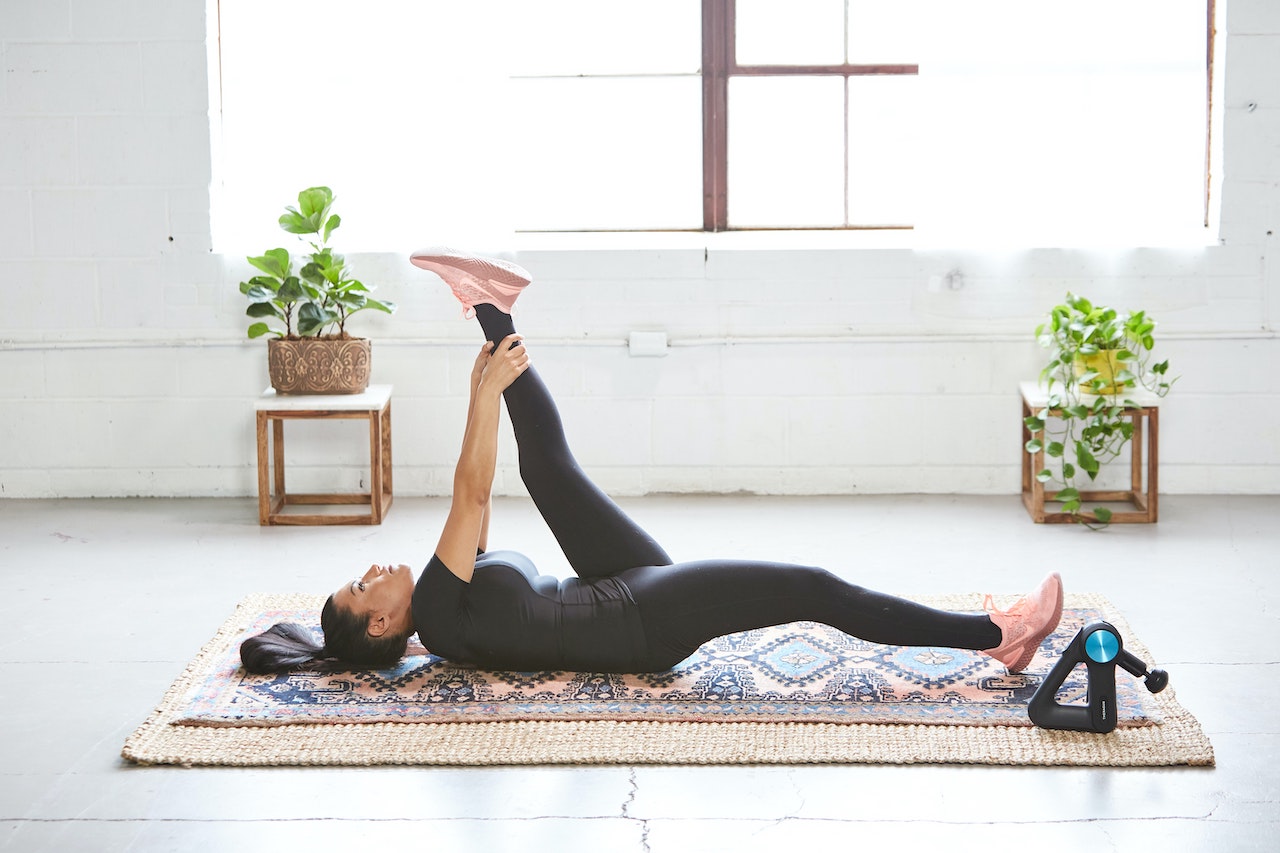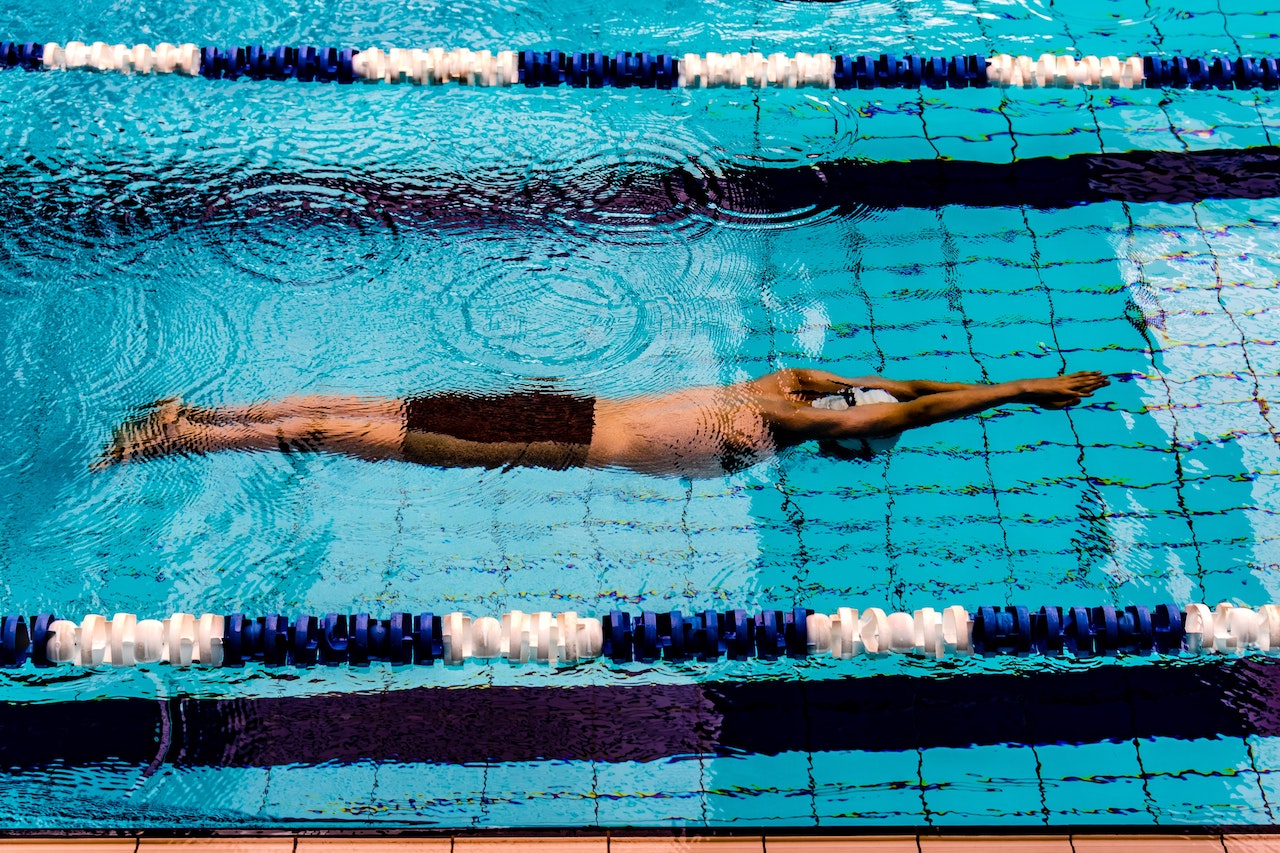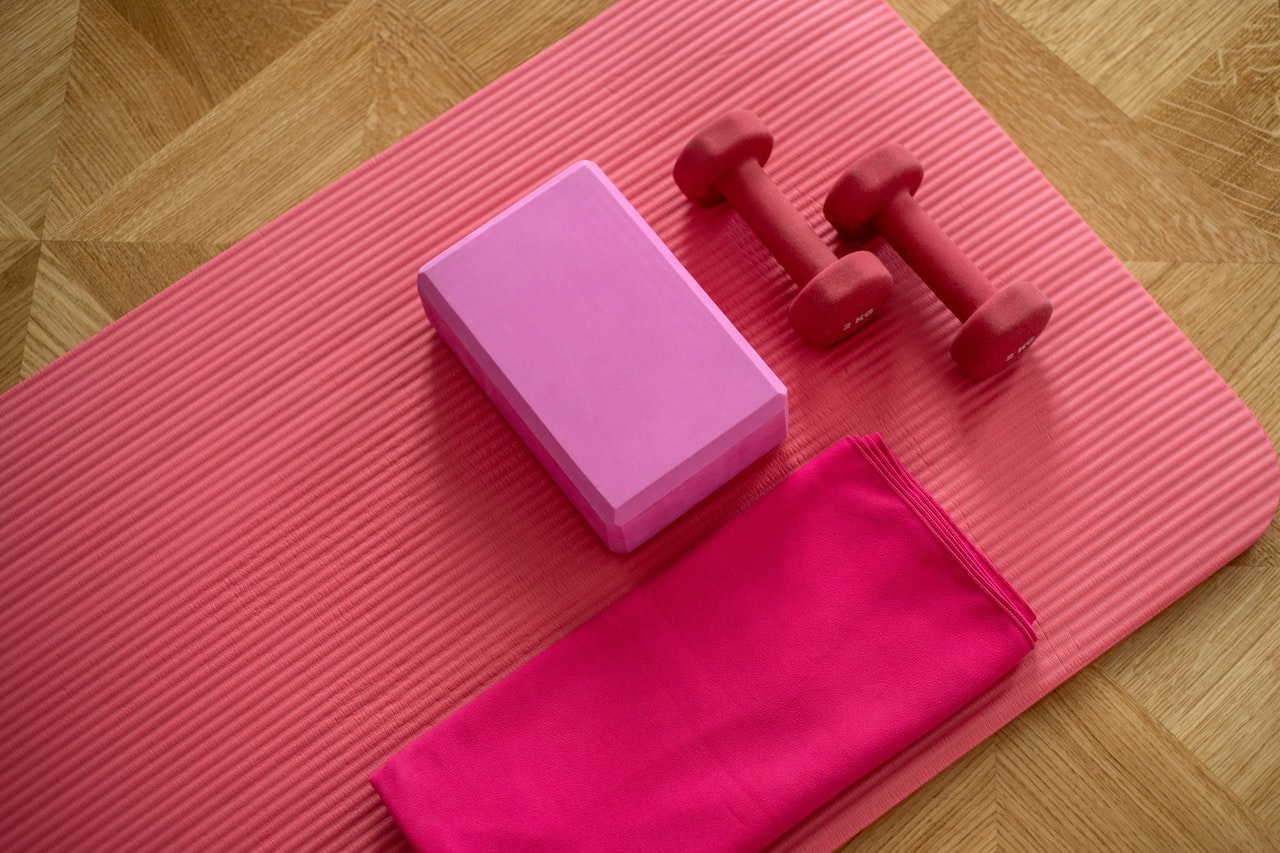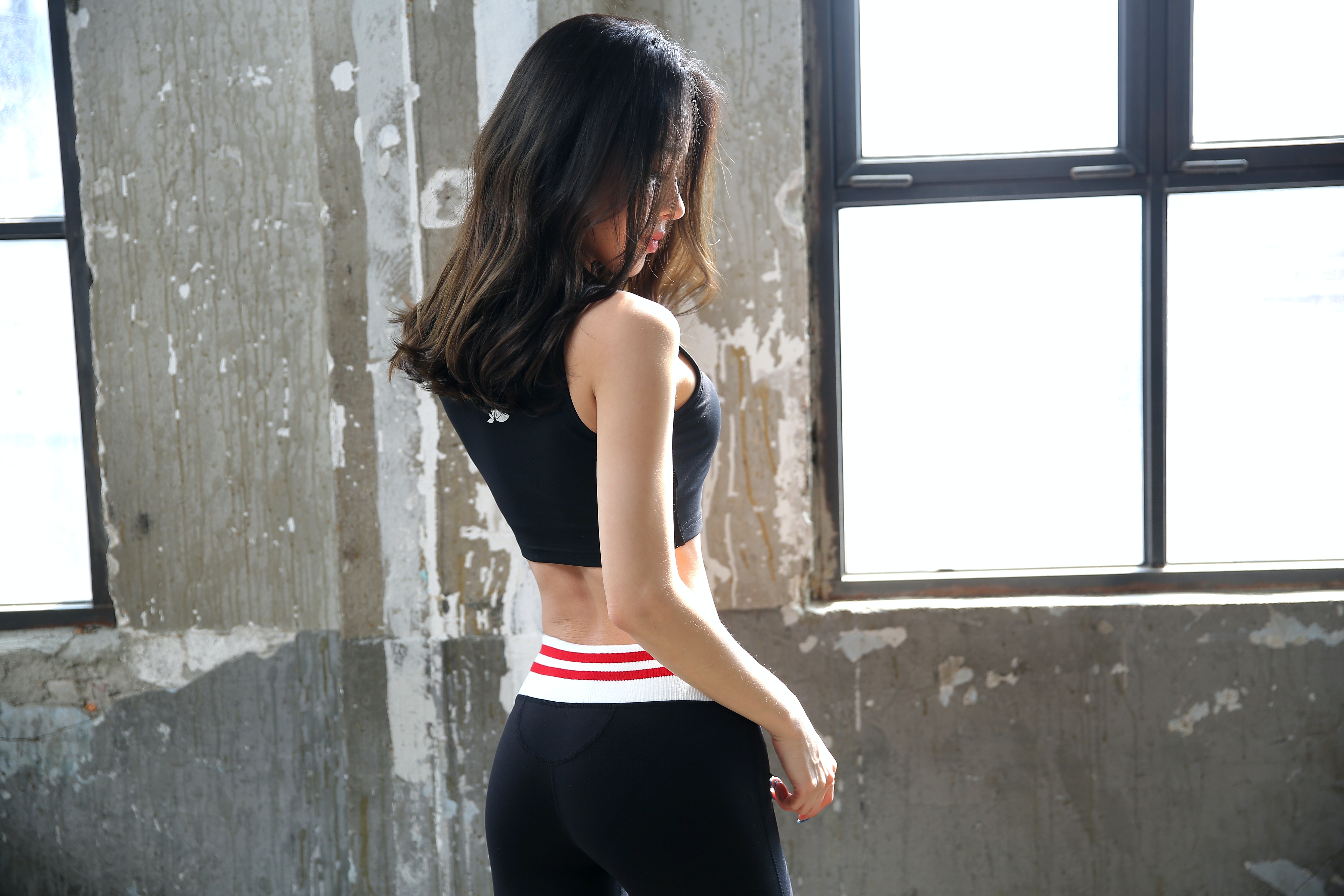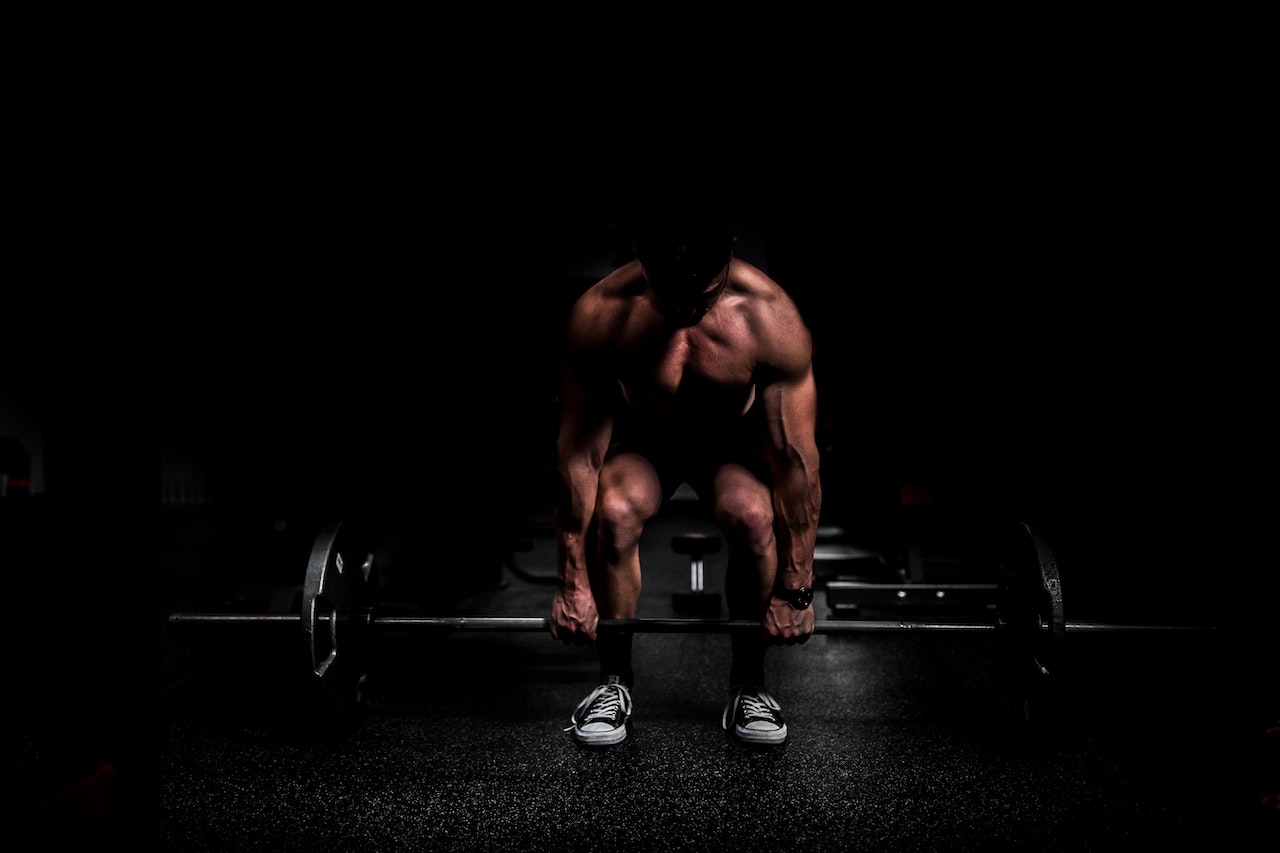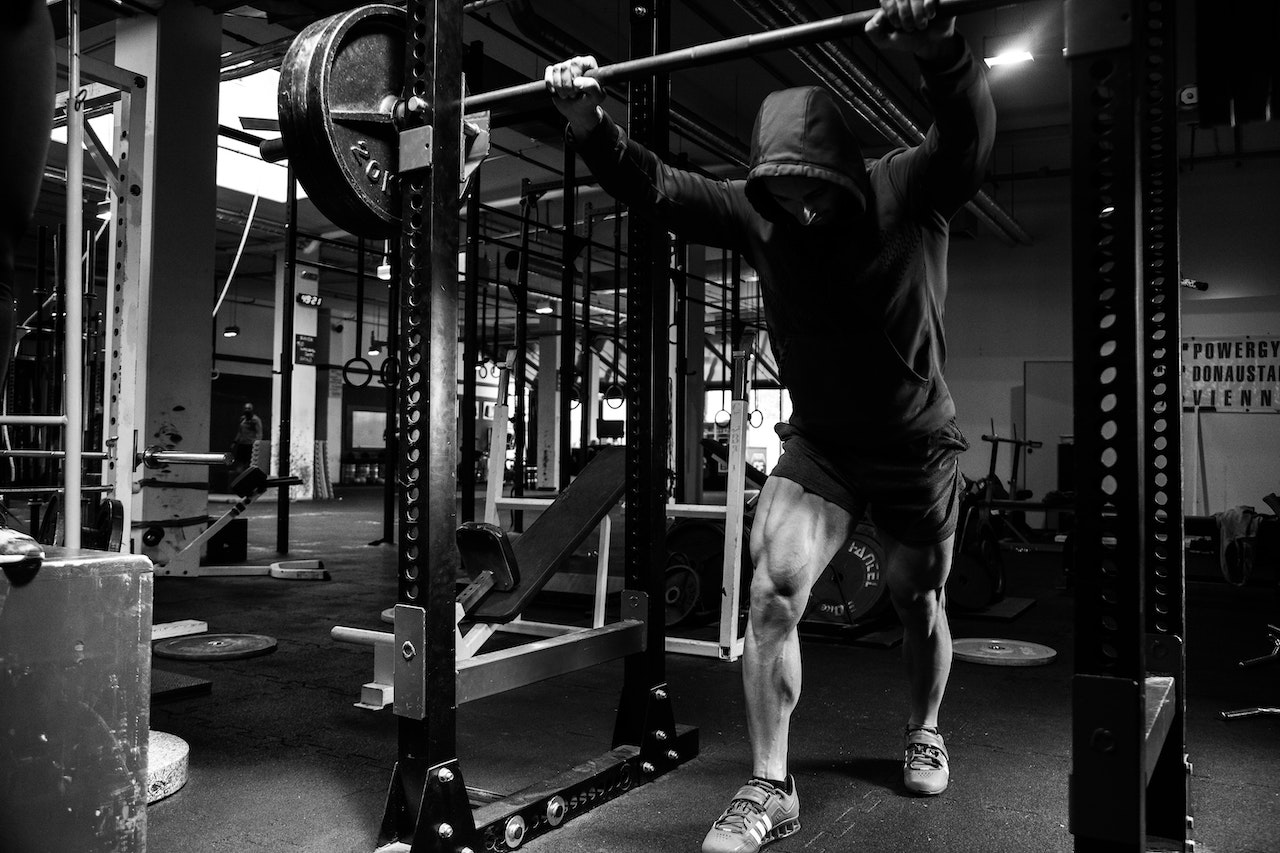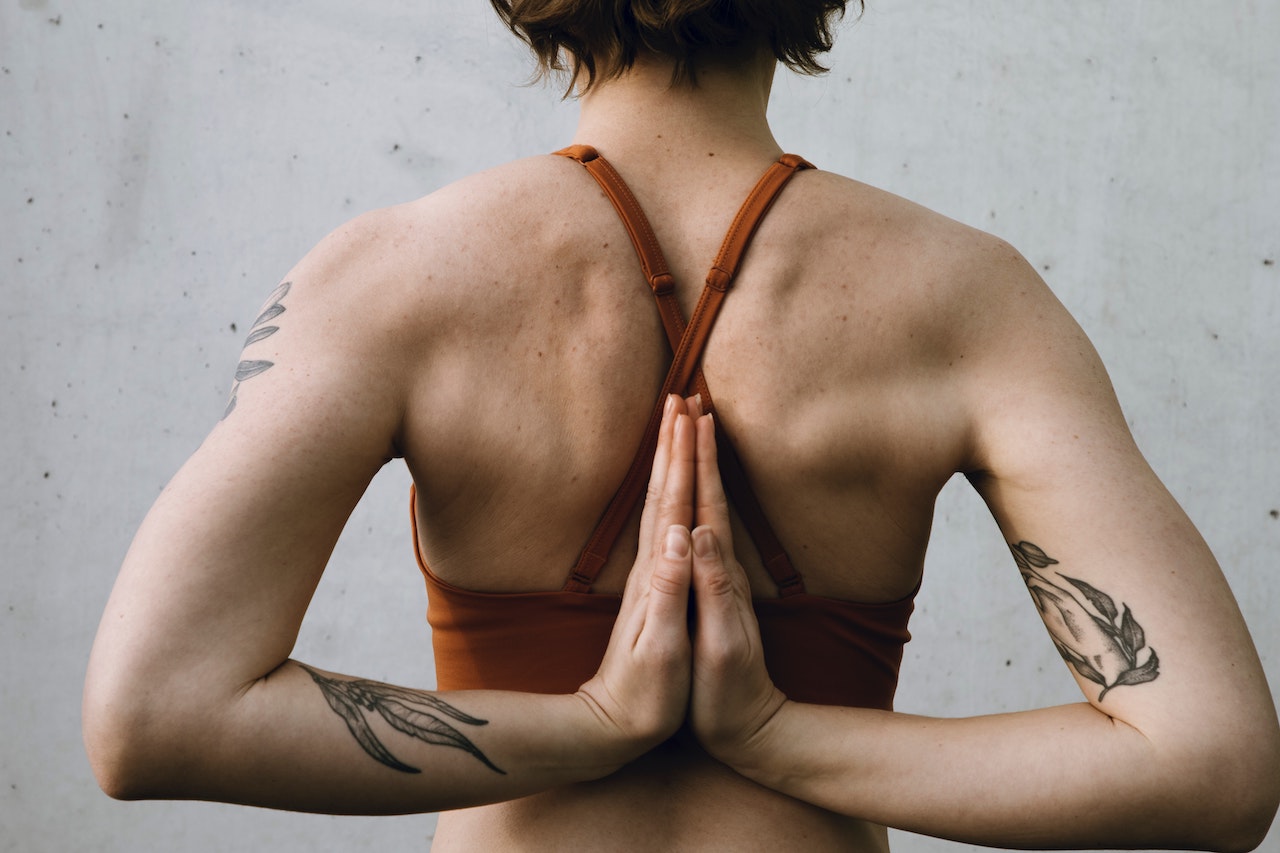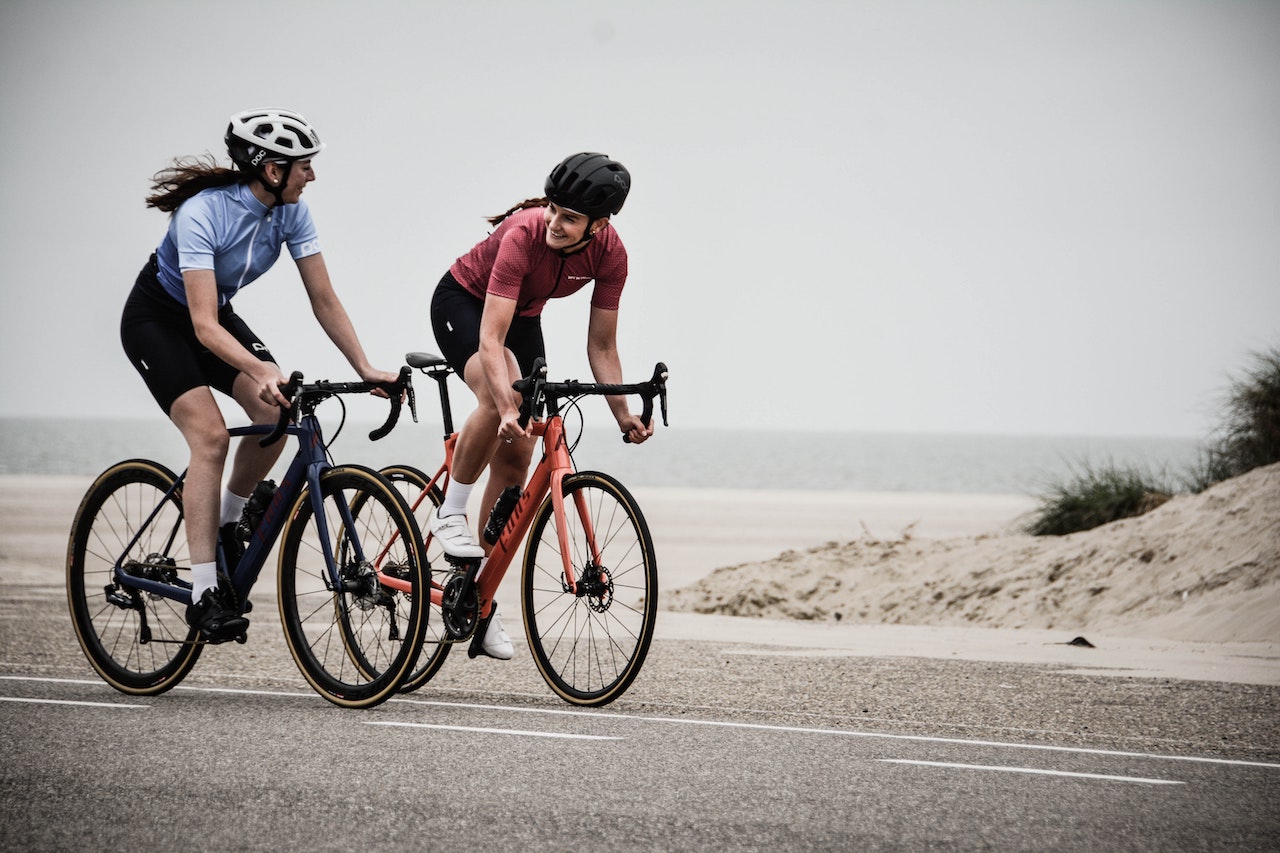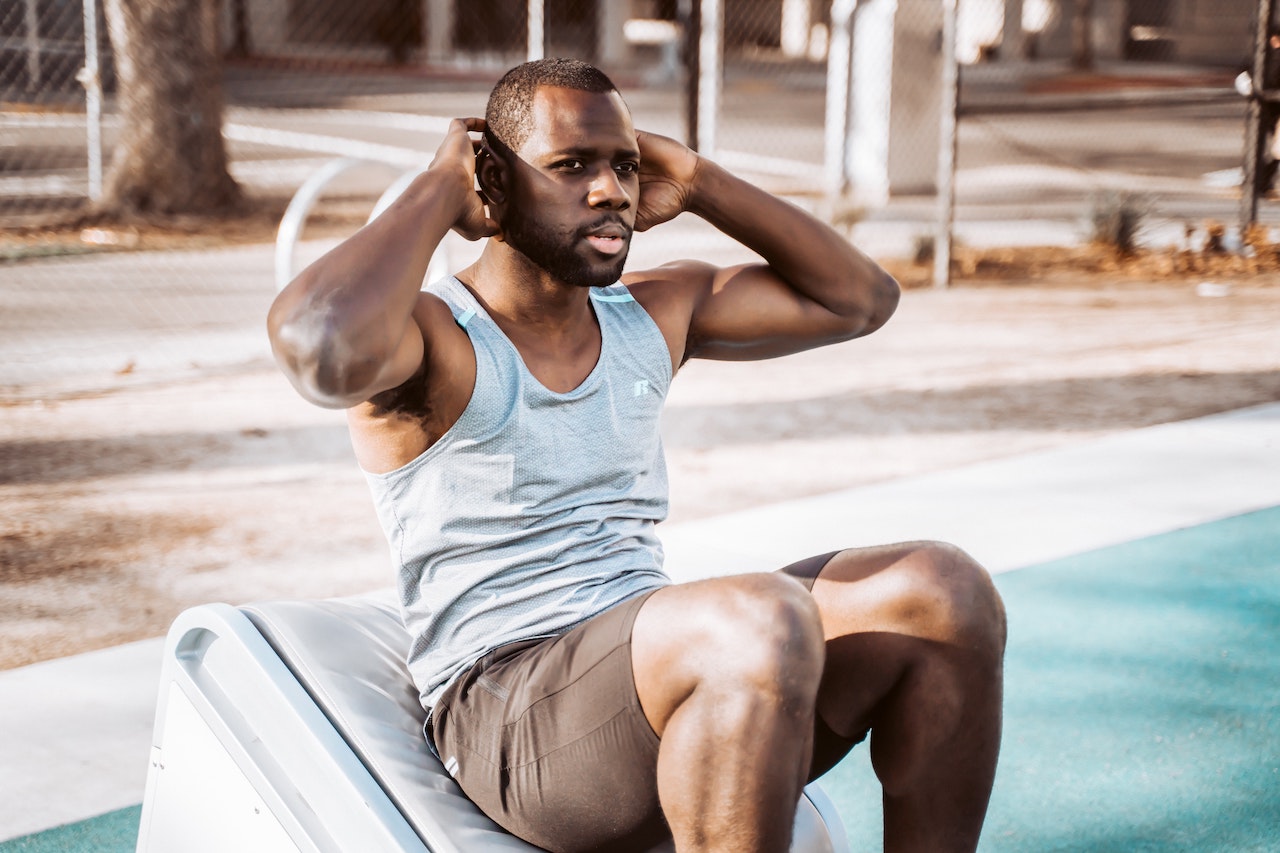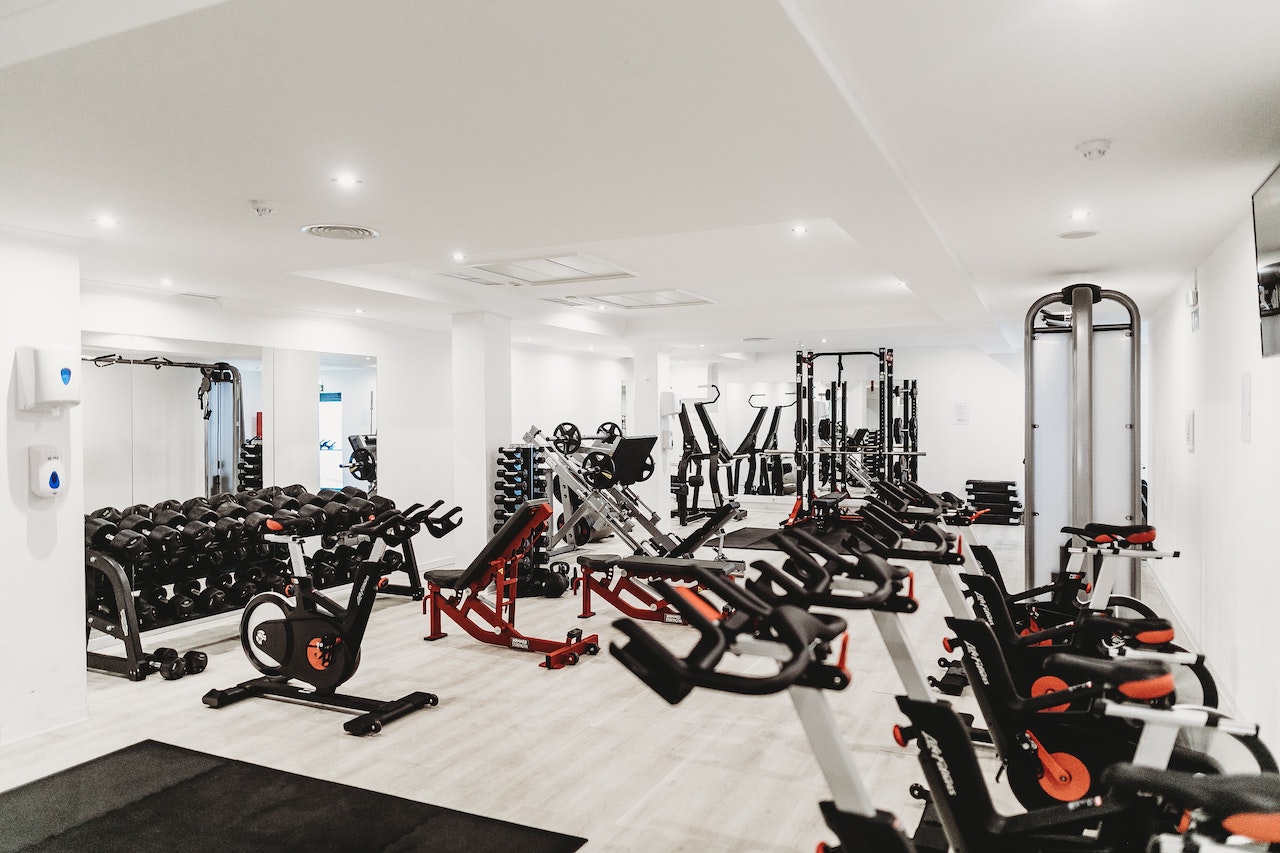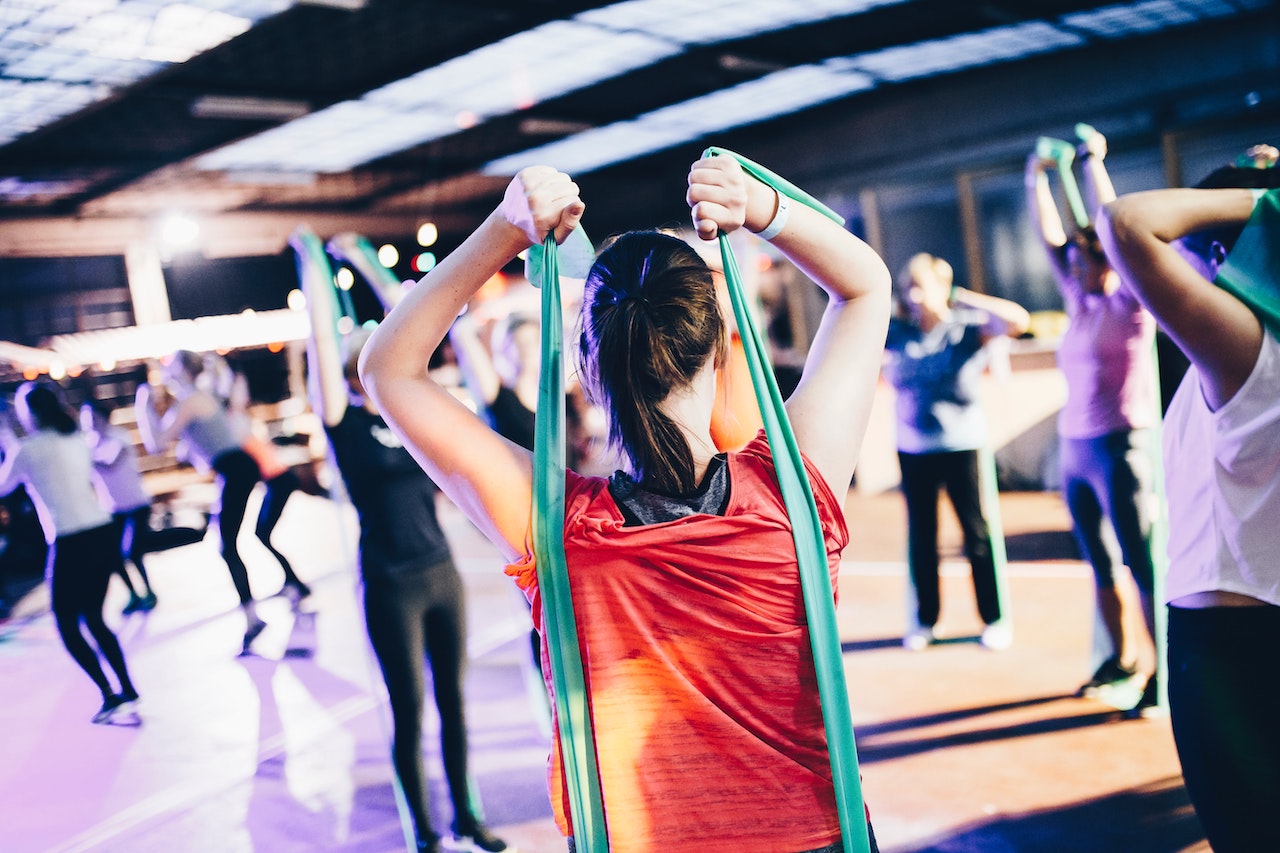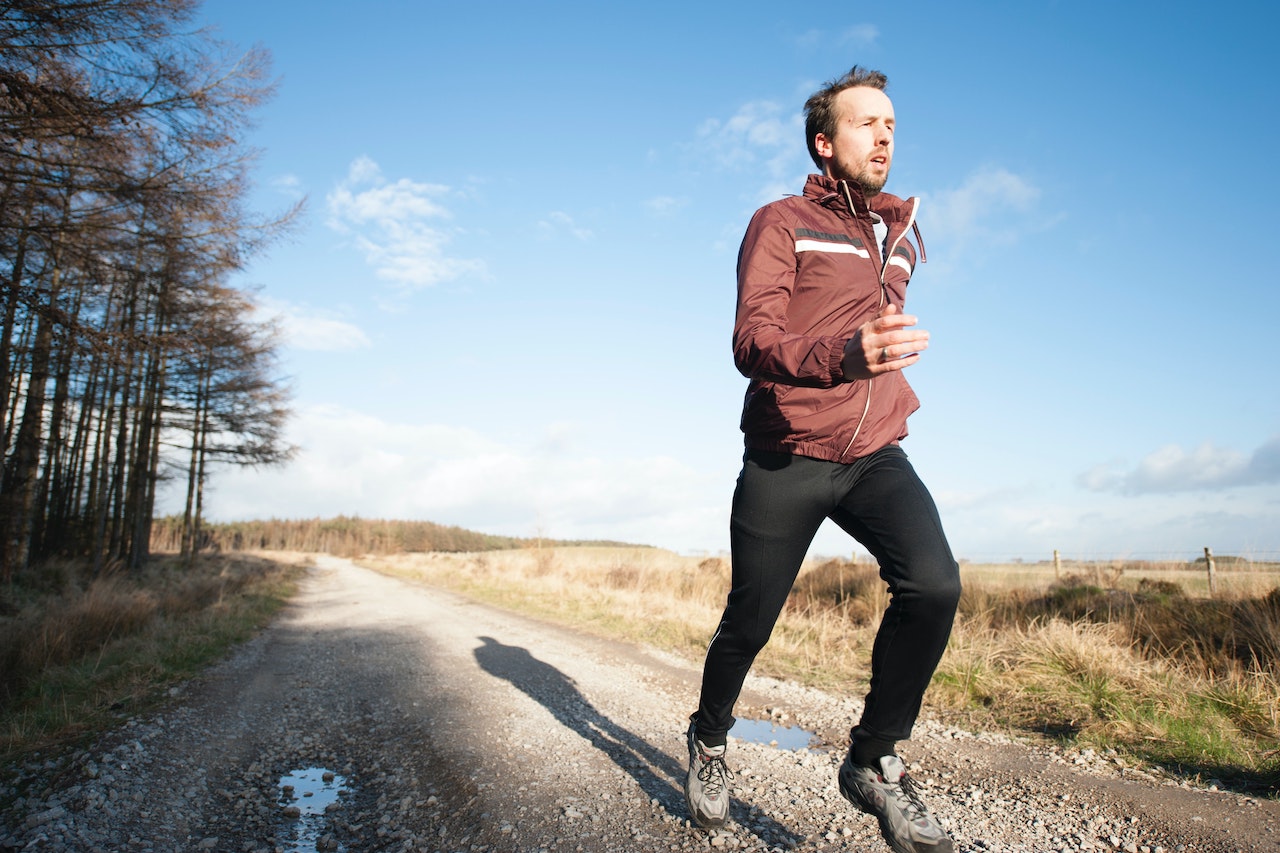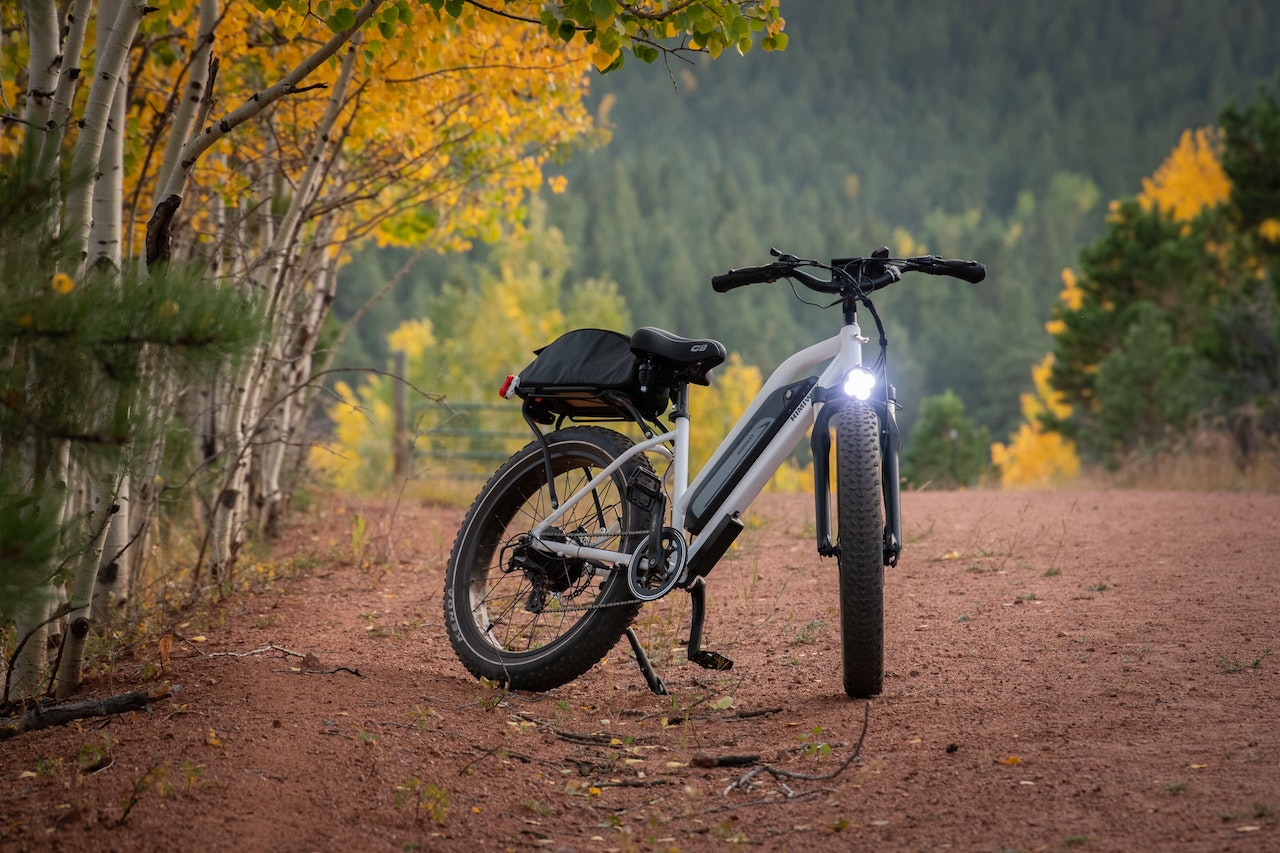Bodybuilding, powerlifting and weightlifting, if you are not a fitness professional or experienced fitness enthusiast, you may be very clear about the difference between them, because people who do these exercises are working with "Iron" Every day.
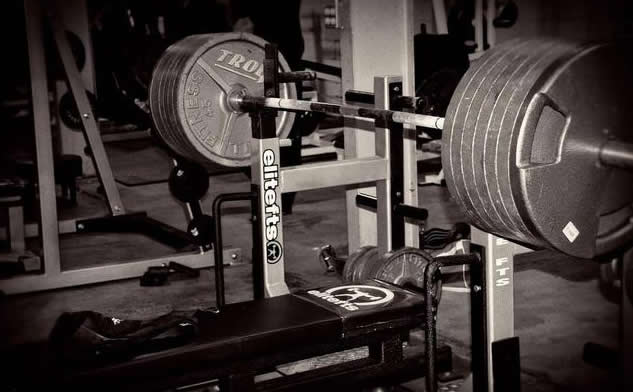
Today we're going to give you a quick rundown on what kind of strength training is best for you if you want to get fit. Find out the difference between fitness, powerlifting and weightlifting and the benefits of each.
All of these workouts are considered resistance training, but one of the incredible things about it is that there are so many different ways to train. There are actually hundreds of ways you can gain weight. You may have also heard of different types of strength training, but there are still many major differences between working out, powerlifting and weightlifting.
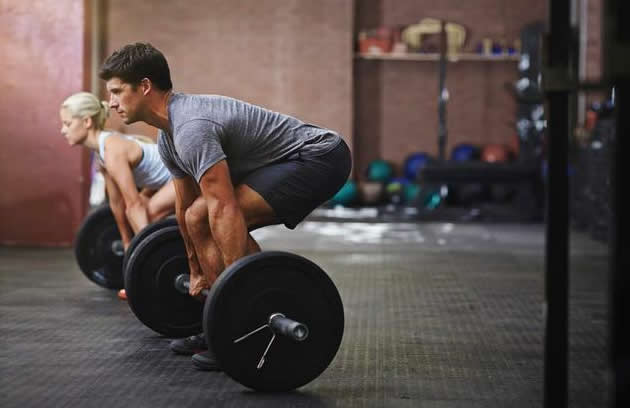
Weightlifting, powerlifting and fitness offer their own very unique approaches to strength training, all of which can help you develop strength and body function in different ways.
What is bodybuilding?
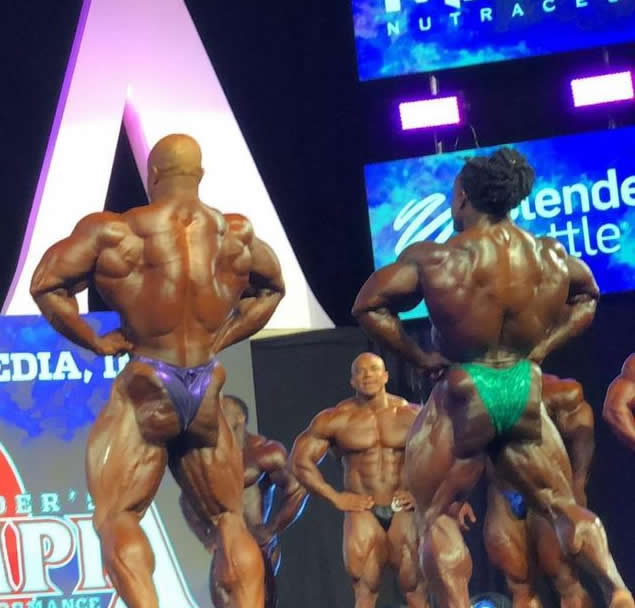
Bodybuilding is the practice of progressively building muscle for aesthetic and strength purposes, usually focusing on training one muscle group at a time to achieve maximum muscle hypertrophy, also known as muscle growth.
Bodybuilding competitions
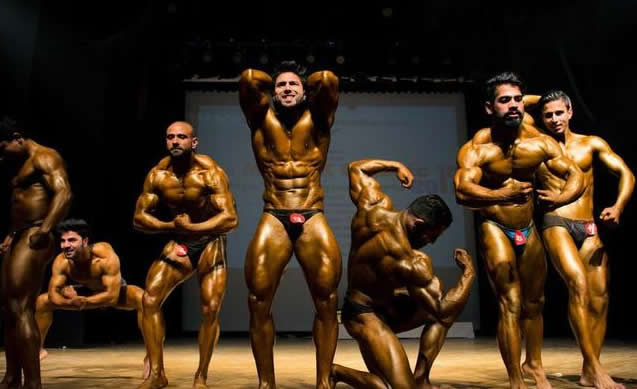
Unlike powerlifting and weightlifting, which assess strength or muscular power, bodybuilding competition participants are judged on their appearance. Characteristics like muscle size, symmetry, proportions and stage presence are taken into account, but athletic performance is not usually assessed. Similar to weightlifting and powerlifting, you can enter different competitions based on gender and weight class. Other branches of bodybuilding include fitness, bodybuilding, physique and bikini competitions, each with their own rules.
Bodybuilding training
Compared to weightlifting or powerlifting, training for bodybuilding competitions is not as specific, as weight comparisons for movement completion are not usually done in competitions. Bodybuilders usually perform high intensity resistance training in which moderately high weights are combined with a moderate number of repetitions (6-12 reps per set) with a large number of sets for each body part, an approach that is effective in developing muscle mass.
A bodybuilder may focus on the legs one day and the chest, shoulders or triceps on another. Aerobic exercise is also an important part of training as it increases fat burning, whereas powerlifting or weightlifting aerobic exercise is rarely put into training.
As the goal of bodybuilding competitions is focused on body shape, things such as bodybuilding nutrition and energy supplementation are also an important part of preparing for competitions.
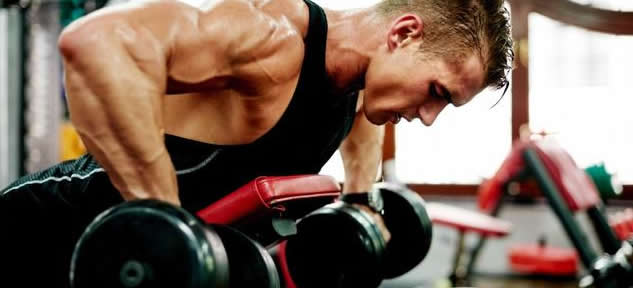
Benefits of bodybuilding
When you compare the different goals of bodybuilding, powerlifting and weightlifting, bodybuilding is most effective at increasing muscle mass and reducing fat. This is because bodybuilding requires high intensity resistance exercise, which causes cellular changes that result in the production of muscle tissue. When combined with a proper diet, a person can increase their lean muscle mass while decreasing body fat.
Start bodybuilding training
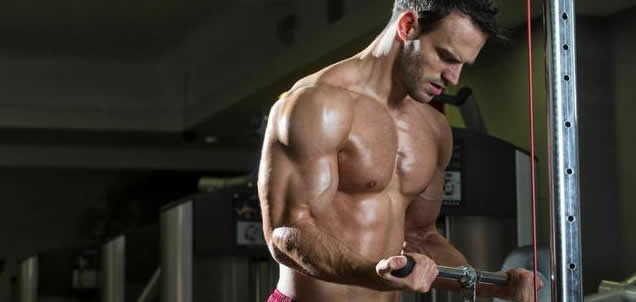
One of the benefits of bodybuilding is that it can be done in almost all gyms and you don't need a trainer or partner to start a beginner's workout easily. If you are training for a bodybuilding competition you may be using a combination of free weights and isolation training machines which have pulleys and weighted mechanics. Exercises can include more movements and detailed methods.
What is powerlifting?
Powerlifting is a competitive sport with three main events: Bench press, squat and hard pull.
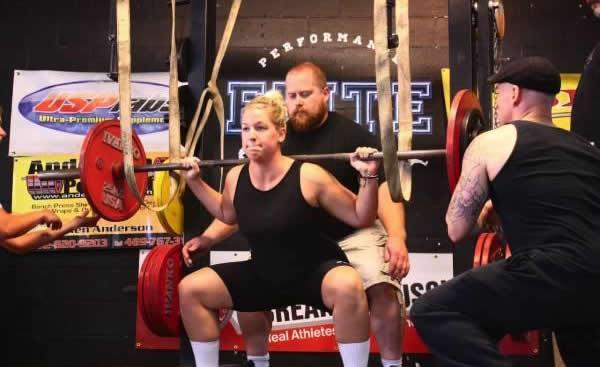
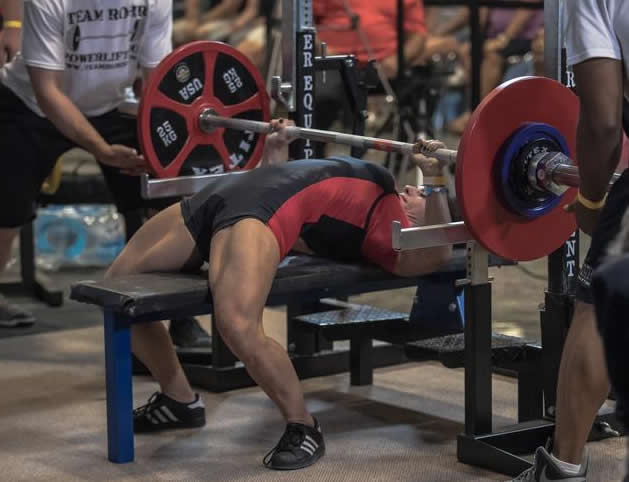
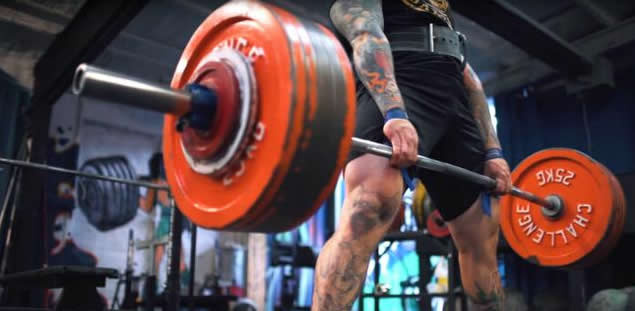
Powerlifting competitions
Powerlifting competitors compete for strength in the bench press, deep squat and hard pull. Each rack has a barbell with barbell plates on it. In the powerlifting competition, competitors make three attempts at the maximum weight for each lift (that is, your single maximum weight of 1rm). Your highest successfully completed weight for each one is added together to give you your total score. Participants are usually divided into different categories based on gender, age and weight class.
Powerlifting training

Because powerlifting is about helping to increase your single rep max, powerlifting is trained to develop maximum muscle strength. Powerlifters usually only perform a few repetitions to maximise their strength potential.
A powerlifter might train three days a week, focusing on one basic movement each day.
A workout usually includes key base exercises for these movements, or some similar movements such as the deep squat (where you do barbell squats but squat on a box). While the main competition weight will be heavy and require the most concentration, the workout will also include exercises using lighter weights designed to target some of the weak points. As an example, a typical squat-based workout might include: A hip thrust warm-up, followed by squats (roughly 4-5 sets of 6 reps each), hard pulls, split-leg squats, leg curls, leg lifts, and superman jerks.
Compared to other types of strength training, powerlifting exercises usually have a longer rest period between sets to allow for complete recovery between sets. If your goal is to lift the most weight possible, you will need two to five minutes of rest to have enough weight for another set.
Benefits of powerlifting
Gaining strength, increasing muscle mass and increasing bone density are the biggest benefits of powerlifting (and weightlifting in general), so if you're aspiring to be a 'giant', this is the style for you. Powerlifting can be motivating for many people as it allows you to focus heavily on results, such as the weight you lift, rather than just aesthetics or weight loss.
If you are a runner, powerlifting can also help your training to a great extent. Powerlifting exercises can increase your strength and when you land on your feet, you can have more power in your biceps which can give you more power for running.
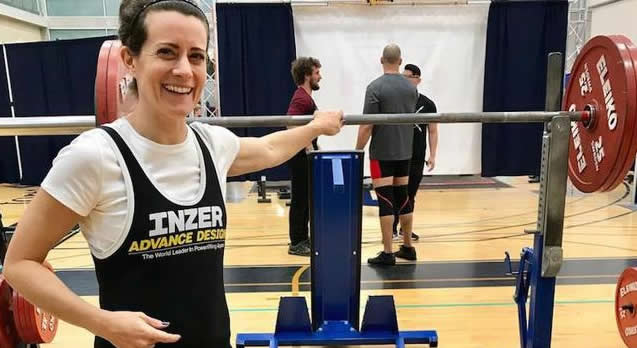
Start practising powerlifting
If your gym has a bench press and squat rack, plus a barbell and enough barbell plates, you have everything you need to start powerlifting. When performing powerlifting exercises, get a partner or coach to assist you, especially when doing bench presses and squats. This person's first job is to help you get the weight into the right position, and their second step is to follow the movement of your barbell and make sure it is safely back on the rack.
Communication is key. A good partner (or coach) will ask questions such as: Do you need some assistance when you start training? At what point do you need to start assisting you?
One of the best things you can do in powerlifting is to get a training partner or coach, someone who can support you so that it makes a big difference, a coach who can ensure correct movement and prevent injury, as well as help you determine when to gradually increase the load.
What is weightlifting?
While you can call any weight-based strength training a weightlifting exercise, competitive weightlifting (i.e. Olympic weightlifting) is an exercise that focuses on two dynamic barbell lifts: The snatch and the clean and jerk.
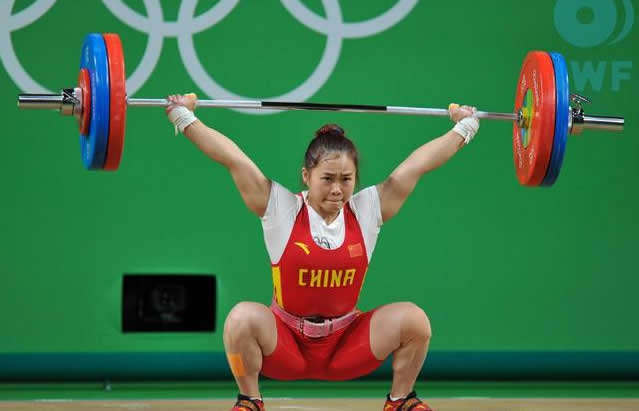
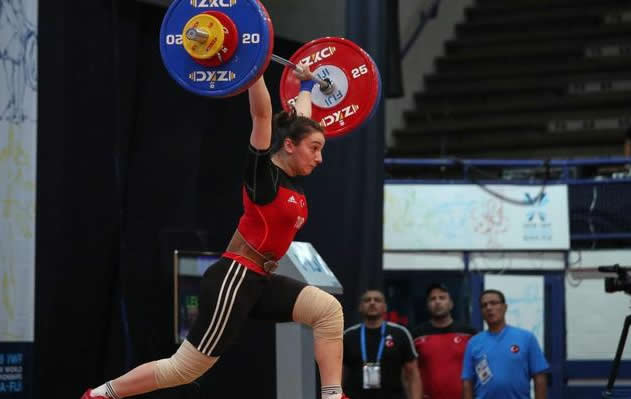
Weightlifting competitions
Weightlifting is a test of your ability in the snatch and the clean and jerk. Similar to powerlifting, these movements are done with a weighted barbell and the participants lift the barbell three times at a time. The highest weight lifted in each exercise is added together for a total score and the athlete with the highest score wins. Participants are categorised according to their age, weight and gender.
Weightlifting training
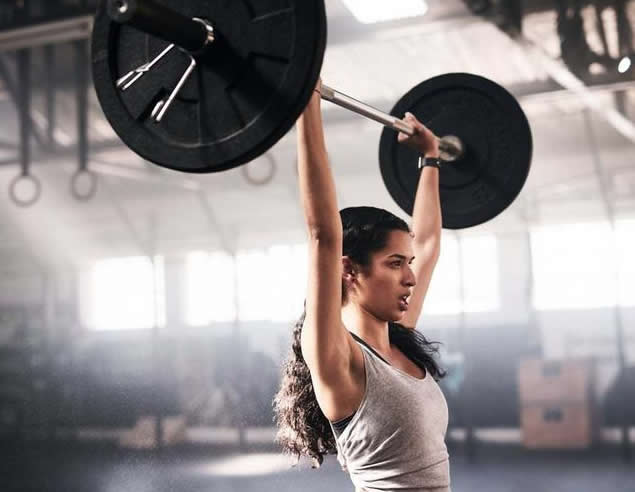
If you've ever watched the olympic games, it may sound like a simple sport with only two movements, but the standard of these movements is very technical. Both movements require you to lift a large weight barbell above your head. To achieve this, the training programme focuses on stationary movements and technique, while also developing explosive power and speed.
He explains that the training sessions are less heavy compared to powerlifting, but more frequent, five to six days a week.
When you compare olympic lifts to powerlifting, olympic lifts tend to be more aerobic than powerlifting, which means the intensity is lower, but your heart rate can be maintained for a long time. This type of training is necessary because the olympic lifts are much faster. Typical workouts with a focus on metabolic conditioning include 5 rounds of 800m runs, 15 kettlebell swings and 10 hard pulls.
Benefits of weightlifting
One of the main benefits of olympic weightlifting is that it helps develop explosive power. It also stimulates more muscles than other types of strength training, which is good for weight loss.
If you do heavy base lifts with a barbell you are putting more stress on your body, so immediately after your workout your body will repair tiny muscle fibre tears, also known as microtears. The more your muscle breaks down, the harder it is for your body to recover, and when it does, new lean muscle is created. These lean muscles help to burn fat.
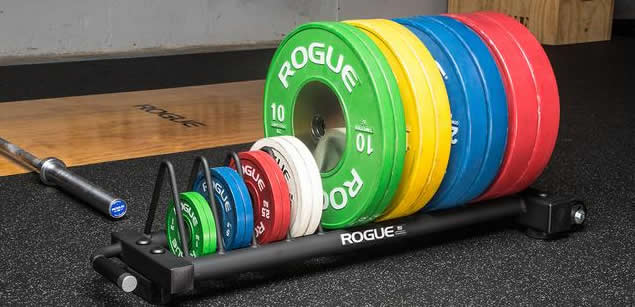
Start practising weightlifting
Olympic weightlifting requires weightlifting tables and bumpers to complete movements correctly and safely. It also requires enough space to lower the barbell, so it may not be available in all gyms.
What kind of strength training are you best suited to?
Bodybuilding, powerlifting and weightlifting are all advanced forms of strength training, so if you're just starting out or have any physical limitations or chronic illnesses, you're better off starting with more basic strength training methods. Once you get used to light to moderate weights, you can try more challenging approaches . (be aware that you are not limited to these three types of training; hercules training and crossfit training are also alternatives to strength-based training.)
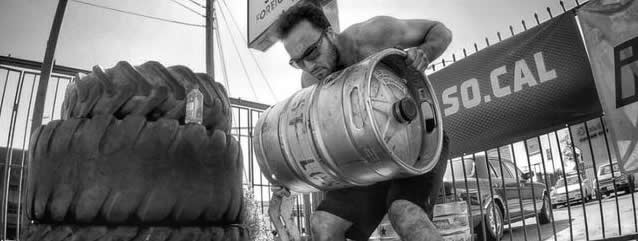
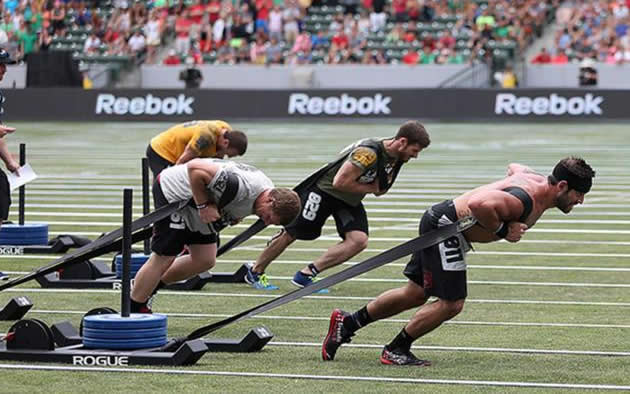
All of these different workouts can help you develop strength and strengthen your body function and influence your body composition by increasing muscle mass, but unless you want to compete in a certain category, combining all of the training modalities is probably your best option.
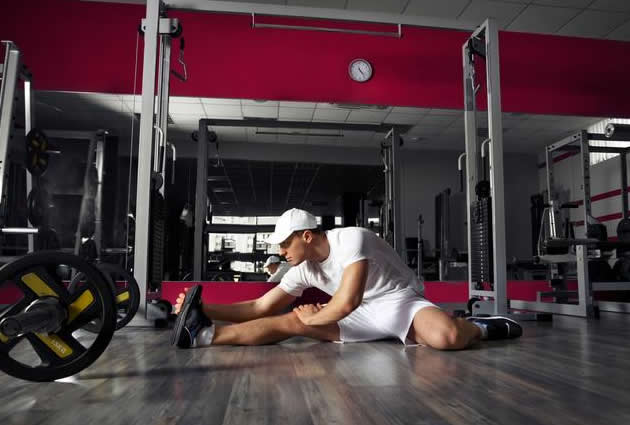
An integrated approach to fitness is one that combines multiple forms of exercise into a progressive system. This means combining bodybuilding , powerlifting, weightlifting and other forms of exercise such as stretching, aerobics and core exercises. Ultimately, you'll stick with whichever style you like best, so you can explore all the training styles and find the one that suits you.


